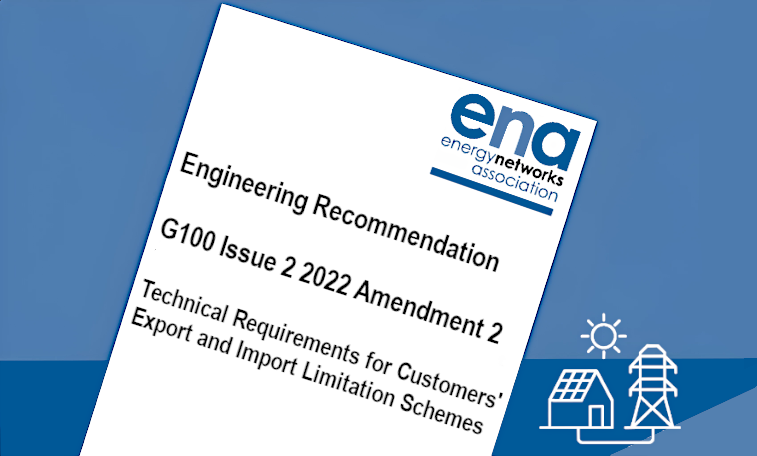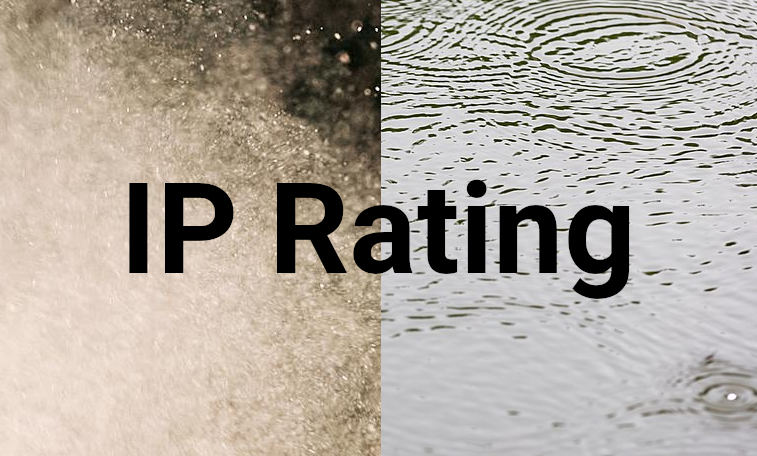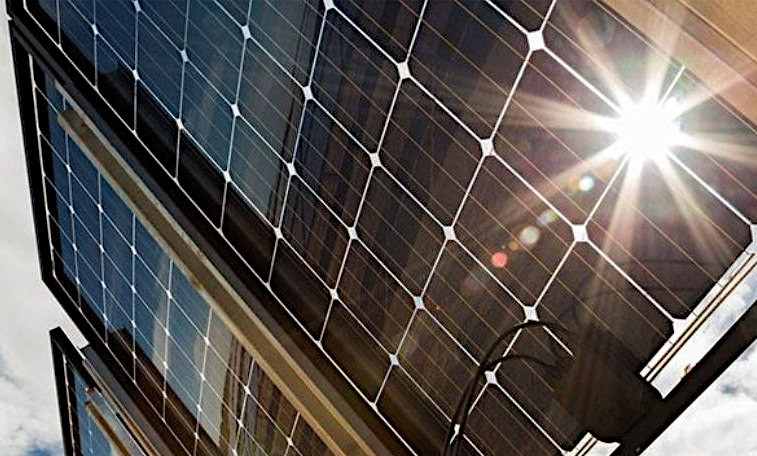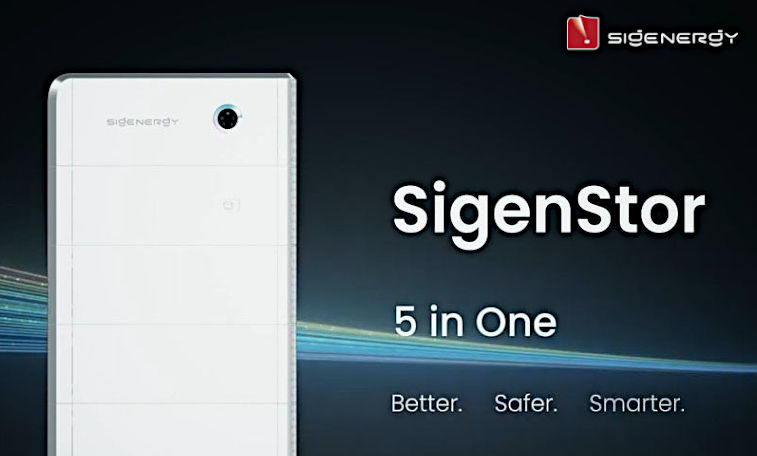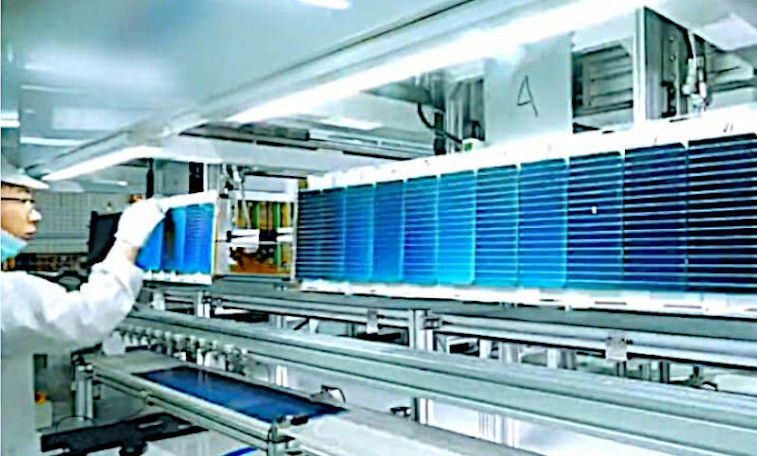G100 Issue 2 Import-Export Limitation Recommendation
G100 Issue 2 Import-Export Limitation Recommendation
From May 1st 2023, it became mandatory that PV inverters, EV chargers, Energy Storage Systems and smart devices be installed according to G100 Issue 2 (G100-2) Engineering Recommendation (EREC).
UK customers are increasingly looking to install renewables within their premises and this trend impacts on Distribution Networks as energy generation and/or loads increases.
In the face of the changes, there are often amendments to the criteria required for PV inverters and storage to be installed in the UK.
What is G100 Export Limitation?
Export Limitation ensures the site's safety and the grid's stability. It will only allow a site to export what the Distribution Network Operators (DNOs) permit.
G100 generally refers to the energy export limiting of the combination of inverters and power management equipment such as a smart meter - very rarely does an inverter (or series of inverters) get approved to export limit on its own. This was formally known as G100 ELS (Export Limitation Scheme).
What is new about G100-2?
The G100 Issue 2 recommendation now covers both export and/or import limitation schemes. Access the full ENA Engineering Recommendation G100 Issue 2 .
It is a significant revision of the previous G100 Recommendation, which incorporates criteria that determine the behaviour of Customer’s limitation schemes (CLSs). The focal point is on privately owned customer limitation schemes to satisfy the Agreed export and/or Import capacity by either controlling the output from the customer’s generating units or import of the customers demand.
The new directive has affected manufacturers that strive to adjust their products to conform to the requirements. Some of them are still trying to comply, but the process is lengthy involving R&D teams and the creation of technical documentation.
The biggest changes in the G100-2 certification
Key Points:
- Defines the requirements of a Customer Export and/or Import Limitation Scheme (CLS)
- Covers limiting export and import for UK only; Republic of Ireland is unaffected
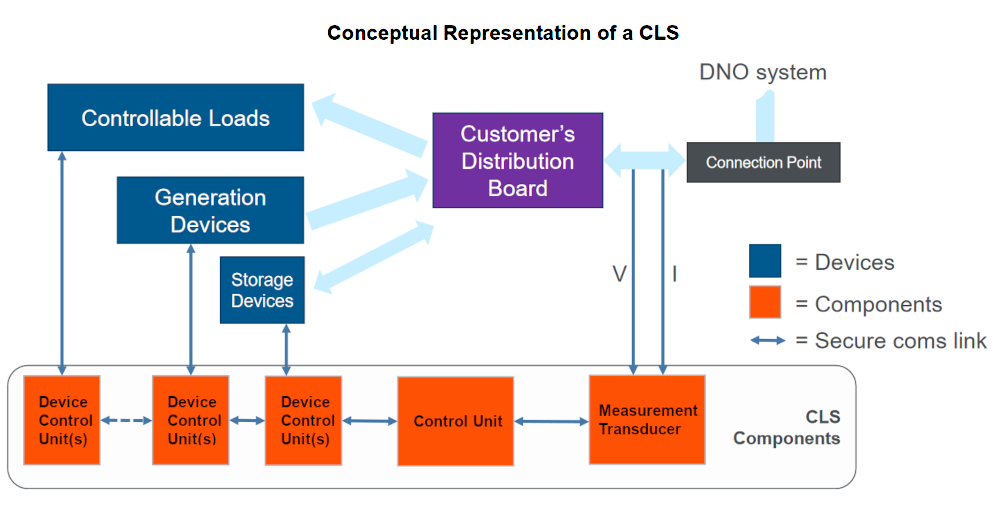
Four states of operation of a limitation scheme:
- Inclusion of wireless communications and/or the extended voltage tolerances
For connections at high voltage, backup overload and/or reverse power protection shall always be fitted to disconnect the installation (or relevant devices by agreement) in the event that the CLS fails to appropriately manage export or import. It is the responsibility of the customer to specify and satisfy the DNO that the protection meets this requirement.
For connections at low voltage, overload and/or reverse power protection is only required when the CLS cannot be proven or is not Fail safe.
- Fail safe function for communications failures and internal failures.
If a customer wishes to utilise wireless communication systems and/or the extended voltage tolerances, the scheme must comply with all of the fail safe functionality.
- Cyber security statement required
There are no specific cyber security compliance requirements but it is recommended that manufacturer or installer provides information describing a cyber security scheme.
- Increased commissioning requirements for installers
On commissioning, the relevant CLS and power generating settings should not be altered by the customer. The access should be limited to Manufacturers, Installers or DNOs. Therefore the settings shall be protected via password, PIN or physical access capable of being sealed.
- Inclusion of the G99 simplified connection processes
Type B to D generating units will require operational monitoring - registered capacity greater at or above 1 MW, or is connected at or above 110 kV (in practice in GB this is at 132 kV or above).
Energy Storage systems are considered as demand when consuming Active Power and as Power Generating Modules when producing Active Power. They must therefore satisfy the requirements of ENA EREC G83, ENA EREC G98, ENA EREC G59 or ENA EREC G99.
Operational states of a limitation scheme
According to G100 Issue 2 there are four operating states, which are a form of control power curtailment and form part of the fail safe functionality.
State 1 – Normal Operation
All devices will normally operate under this state.
State 2 – Occasional Excursion
When on occasion, the current flow exceeds the Maximum Import Limit (MIL) or Maximum Export Limit (MEL) thresholds, one or more devices enter state 2. If state 2 persists for less than 15 seconds, then the CLS records an excursion. Short excursions are not problematic - although not ideal - and the CLS should have the capability to control the devices and bring the system within the thresholds and within a maximum response time to bring the current flow back. This is 1 minute for residential and 3 minutes for industrial and commercial installations.
State 3 – Failed State
This state stops normal functionality and devices will reduce their active power imported/exported to zero generation or inverter to reduced output equal to Maximum Allowable Export.
In the following situations, the CLS will enter state 3:
-
- If the CLS exceeds the MIL or MEL thresholds for greater than 60 seconds
- If the CLS exceeds the MIL or MEL thresholds for more than 15 seconds but less than 60 seconds, three times in a 24 hour period
- The time between any two 15 seconds or more, consecutive breaches of the MIL or MEL, within a 10-minute window.
- For installations where the maximum excursion period is 3 minutes the total time in state 2 operation in any 24 hour period, but neglecting any excursion of 15s or less, exceeds 8 minutes
State 4 – Operation without CLS - Lockout
If the CLS has entered state 3 more than three times, then the CLS is locked out and normal operation of the devices is not permitted. Lockout of a CLS usually can happen either because a fault is present within a system or because the CLS has not been setup correctly. Unlocking of the CLS can only take place by a qualified professional.
Customer Obligations
The DNO has the right to request that the customer carries out regular G100 compliance tests, as well as after any failure, modification or replacement of any equipment that may have an impact on the CLS’s compliance.
Alternergy stocks G100-2 Certified products. Just look for the badge ![]()

